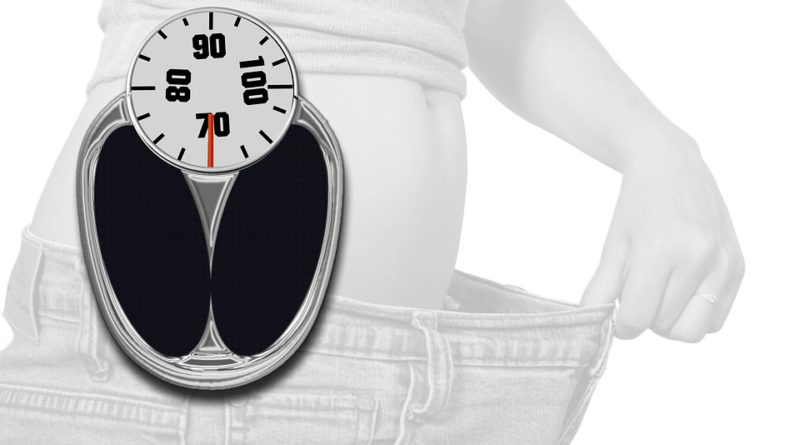Body Volume Indicator: New Alternative to BMI to Assess Your Fitness
For many years, I have been using body mass index (BMI) to assess my patients health and fitness. BMI was first described in 1832 by Lambert Adolphe Jacques Quetelet, a Belgian astronomer and mathematician.
BMI is a measure calculated by a formula using 2 numbers- height and weight. You divide your weight in kilograms by the square of your height in meters. Those with a score between 18.5 and 24.9 are normal, between 25 to 29.9 are overweight, and 30 and higher are obese.
Problem With BMI
BMI is purely dependent on height and weight of an individual. This leads to a simplistic and sometimes incorrect assumptions regarding the body composition. Now the researchers are finding out that the degree of body fatness is a better way than body mass to classify individuals.
BMI doesn’t differentiate between fatty and lean tissue. If you fall into the “healthy weight” or “underweight” range, you may get a false sense of security. For children and the elderly, body mass values can be especially misleading because the relationship of lean body mass to height changes as they get older.
For example, if a person loses height due to age, even if they maintain the same weight, now they may be considered obese. Since BMI does not take into account some of the important factors into consideration as mentioned above, it may incorrectly classify the healthy, muscular men and women with different body shapes and heights as being overweight or obese.
BVI is The New Alternative
There are several studies showing in the past that waist circumference is an important factor in determining someone’s risk of having cancer or heart disease. Based on these studies, researchers came up with an alternative measure that may predict your risk. Body Volume Indicator (BVI) considers other important factors like fat mass, lean mass, and weight distribution when determining an individual’s body composition.
Although BVI has been in use since 2010, now there are more people adopting this new measure in their practice. Mayo Clinic, in a significant change in its practice recently, is recommending this new system of measuring body composition and weight distribution.
How is BVI Measured?
BVI is a ratio that is based not only on your weight and height but also your waist-to-hip ratio, total body fat percentage, and abdominal volume, a measurement that can be taken manually or using an app.
Doctors take two images of their patients, from the front and from the side. After the photos are taken, they are turned into 3D body silhouettes, and sent to a back end server where the images are compared to a database compiled from thousands of MRI images, 3D body scans, and Cadaver information.
Select Research, a U.K.-based market research company and pioneer in 3D body measurement, in cooperative development with Mayo Clinic, has launched an app to help people measure their BVI. Here is the video from Select Research that explains BVI-
Too Early to Ditch BMI
BMI is still a great tool that can be used by anyone to assess one’s fitness. Although BVI seems to be a way better predictor in assessing your risk of heart disease or diabetes, BVI requires more sophisticated imaging and software. So, the utility of BVI is still going to be limited due to the need to have a tablet computer and the app, things that may or may not be readily available in all the healthcare facilities around the world.
Here is the video of how the app works-
Stay tuned for more updates on BVI in the future.
- Type 2 Diabetes and Life Expectancy - July 20, 2022
- Seven Minute Work Out for Diabetics - July 25, 2017
- Six Moves for a 30 Minute Work Out For Diabetics - June 15, 2017




